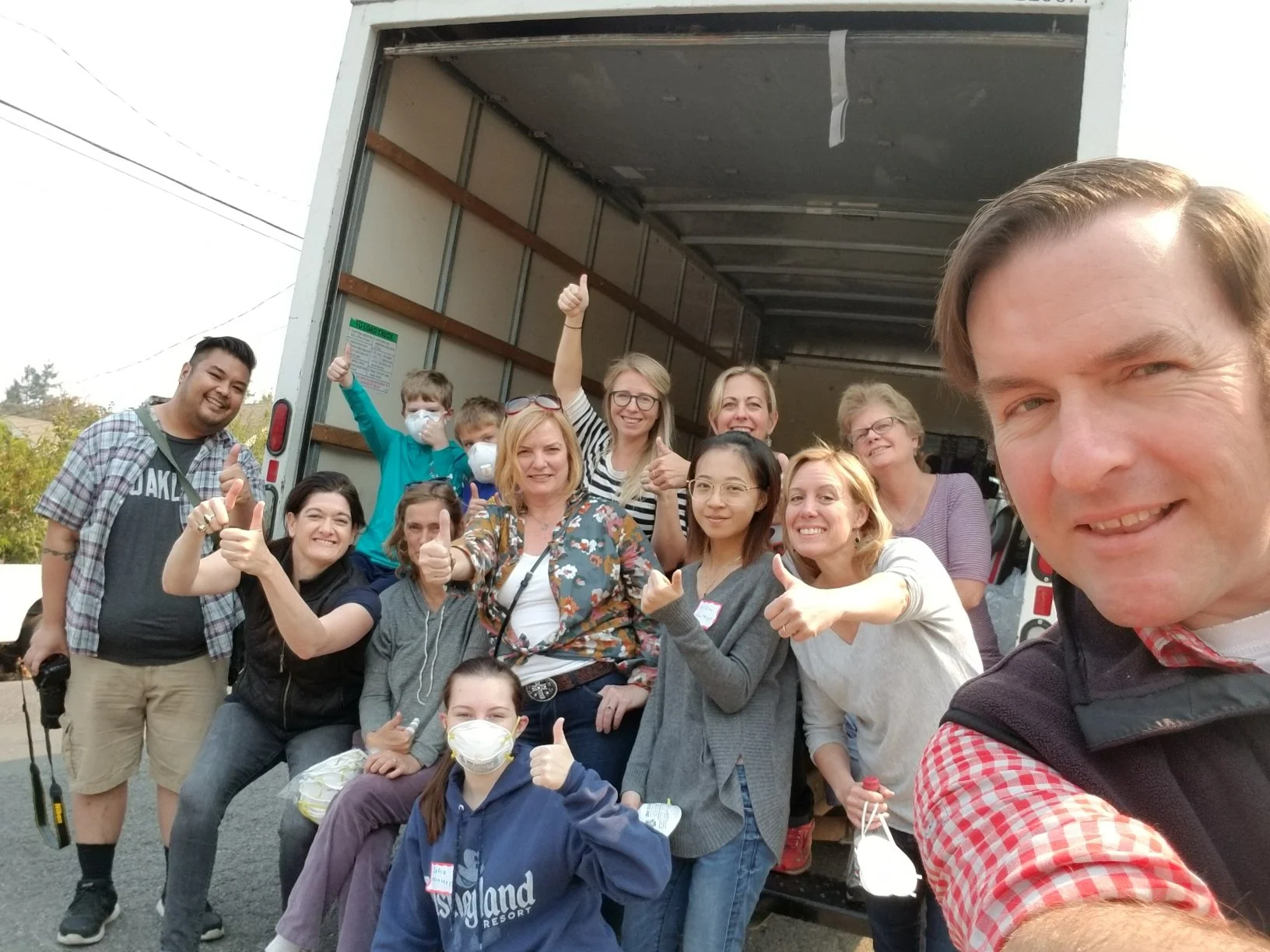I could never be a celebrity. Ever-present paparazzi lurking in my bushes and fabricated headlines about my latest breakup stand against my idea of a quiet, private lifestyle. So, I was hesitant joining the booming, online community of Facebook. It seemed to have a similar sense of putting your life on display for the world (not to mention the dread of some high school boyfriend whose name might appear in my inbox some random morning). In a day and age where people are Googling everyone they meet, I was nervous at the thought of people finding me online. Keep it simple, I told myself. I dove in; listing only my basic interests, and filtering only friends who wouldn’t embarrass me should a future employer tag me on the site. Friends came out of the woodwork, from old college pals to friends-of-friends living on the east coast, I reconnected and created a virtual network of amigos. Then something curious happened, perfect strangers began sending me messages. Now, if you’re new to Facebook, or have yet to explore it, the system allows you to search for people using key words, network associations, name, groups, or interests. One message was from a girl who joined a San Francisco-based food and wine group, which seemed to include almost 200 other like-minded foodies. I too had joined this group, but neither of us had yet to receive even a single invitation to join anyone for a night of chowing and imbibing the Bay Area’s finest food and wine. My new, virtual friend, Yumi, had taken matters into her own hands pulling people from the group of similar age and interests. She, like the rest of us, was ready to hit the San Francisco food and wine scene and make new friends in the process. Once she gathered around a dozen gals, she sent her first invitation for a night of nibbling and sampling wines from around the world at the Market Street wine bar, CAV. The first turnout was small, just five of us, but we were able to sample some velvety French Burgundy, a fabulous cheese plate, a spicy sausage dish, and a just-in-season pumpkin cheesecake.
Since the first meeting, there have been meet-ups at venues across the city from the hot happy-hour spot Americano to the San Francisco Opera and Friday Nights at De Young. We share details of our lives, smile for photos, and swap tales through our online meeting source, Facebook. Our little group, the spin-off of the larger one, even has a name, though we’re trying to keep it an intimate group to avoid the same problem we encountered with the larger one. Still feeling like somewhat of a newbie to the San Francisco scene, I’m getting over my fears of putting myself out there, even if it is online. Facebook is allowing me to combine some of my favorite things, trying great wines, eating delicious, fresh foods, and socializing with new faces. I may not be a celebrity, but I guess putting yourself out there isn’t so bad after all.






